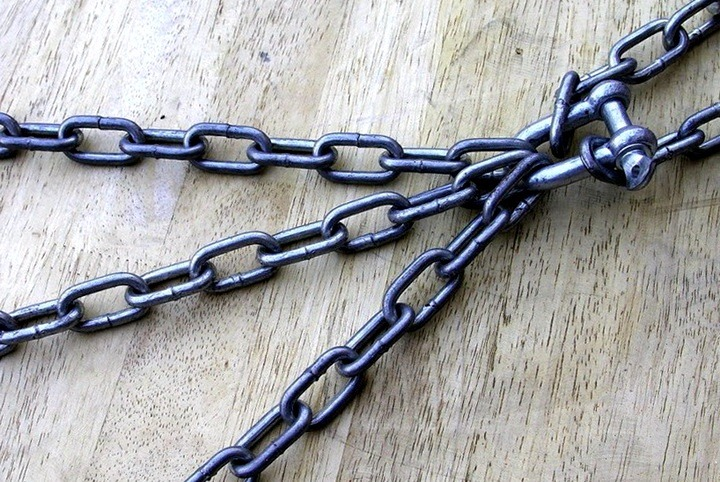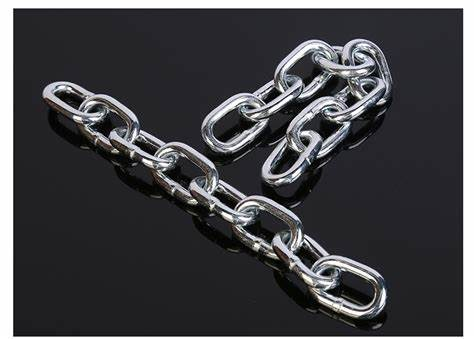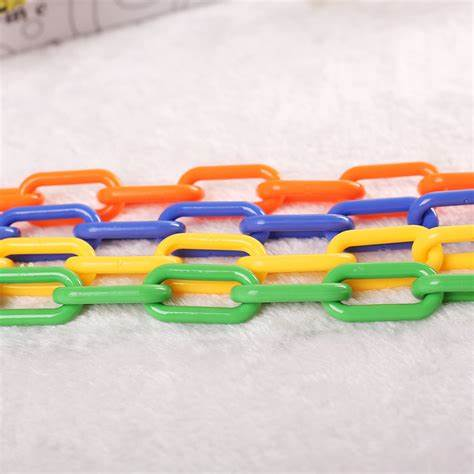Our staff will contact you within 12 hours, You can also contact us through the following ways:
Contact US WhatsApp: +8618766656705
- Email: [email protected]
- Tel: +8618766656705
- Web: https://www.toponechain.com/
In industry, chains are an indispensable tool in everyday operations. They are used for a wide range of purposes, from fixed cargo to heavy lifting operations. But when we talk about chains, you might be thinking, aren't chains all the same?
In fact, different chains have different designs and characteristics, making them suitable for different applications.
The EN818-2 lifting chain, as its name suggests, is specifically designed for lifting. It is made of high quality alloy steel, so it performs well in terms of strength, durability and wear resistance. This makes it ideal for situations that require heavy loads and long periods of use.
But at the same time, there are other types of chains on the market. Stainless steel chains, for example, are particularly popular in food, chemical and Marine environments because of their excellent corrosion resistance.
On the other hand, ordinary steel chains may be cheaper, but may not wear as well as alloy chains.
There are also plastic chains, which are popular in applications that require lightweight chains and reduce friction. However, they may not be suitable to withstand heavy loads or use in harsh environments.
So, when faced with a choice, how should you make a decision? First, consider your specific needs. If you need a chain for heavy lifting, then EN818-2 may be the best choice. However,
if your application needs to work in a corrosive environment, then a stainless steel chain may be more suitable.

EN818-2 Lifting chain
Material: High quality alloy steel.
Manufacturing process: Heat treatment and quenching to increase its hardness and wear resistance.
Average tensile strength: about 800 N/mm².
Maintenance: Regular lubrication and inspection should be carried out to prevent rust and wear.
Use recommendations: Although this chain is very strong, it should still avoid overloading and ensure that the load is evenly distributed during lifting.

Stainless steel chain
Materials: such as 304 or 316 stainless steel, with good corrosion resistance.
Manufacturing process: Due to its natural corrosion resistance, no additional anti-rust treatment is required.
Average tensile strength: about 500-700 N/mm².
Maintenance: Despite its corrosion resistance, regular cleaning is recommended to maintain its shine.
Recommended use: Suitable for food, chemical and Marine environments, but should be avoided in applications requiring high strength.

Plastic chain
Material: Usually made of nylon or other high performance plastics.
Manufacturing process: Plastic injection molding, can be customized in a variety of colors and shapes.
Average tensile strength: about 50-200 N/mm², depending on the type of plastic used.
Maintenance: Since plastics are naturally resistant to many chemicals, only basic cleaning is required.
Usage suggestion: Ideal for light applications. While they may be useful in some situations, they should be avoided when under heavy load or in a hot environment.
In addition to the above basic characteristics, each chain has its own unique advantages and challenges in practical use. For example, EN818-2 chains may be preferred in heavy duty applications,
but if corrosive chemicals are present in the application scenario, then stainless steel chains may be a better choice. At the same time, although plastic chains may not be as strong as metal chains, their lightness and flexibility may be more desirable in some applications.
In conclusion, choosing the right chain is a complex decision-making process that requires consideration of many factors. But with an in-depth understanding of the performance and characteristics of each chain, you can make an informed choice for your specific needs.